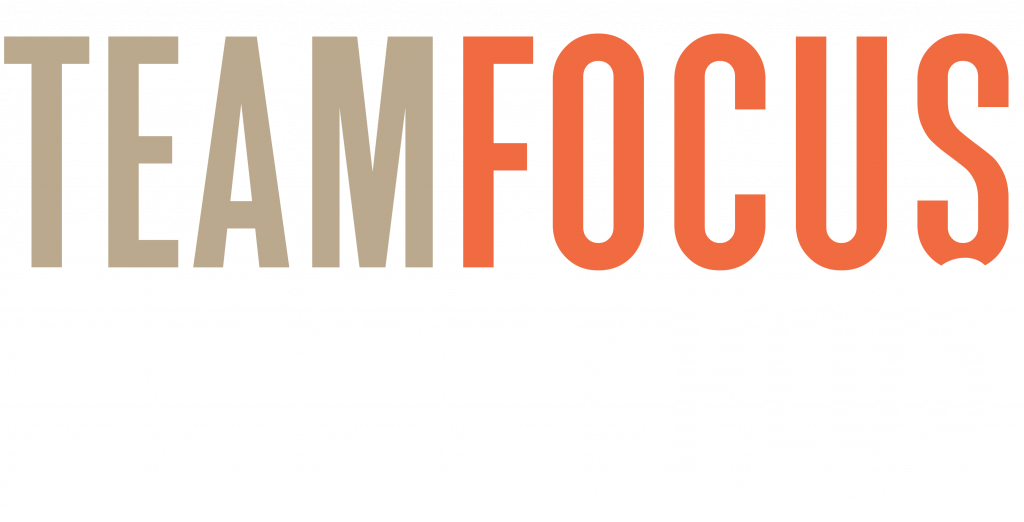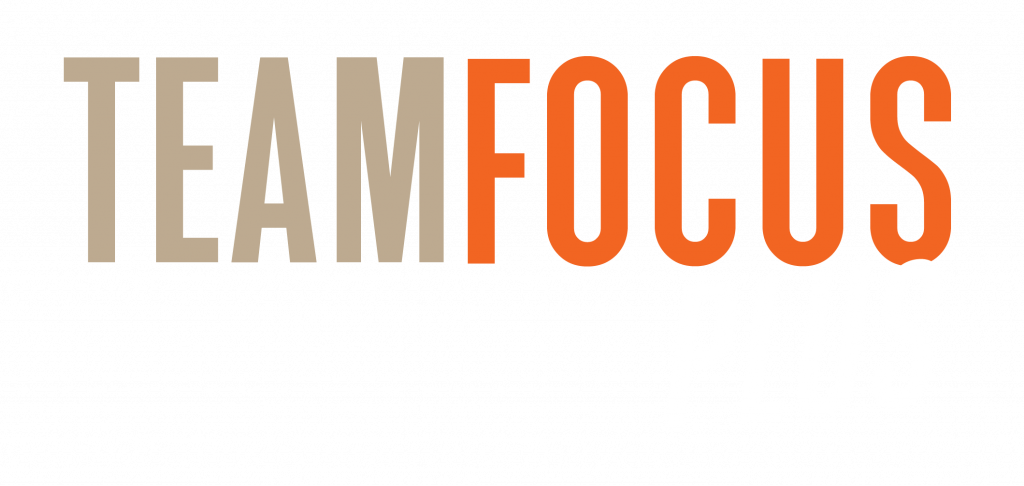Case Studies

The Merger
A national client purchased a competitor in Queensland. At the time they had no State Manager and their competitor had strong leadership. They recruited the State Manager from their opposition to run the newly merged site.
The businesses merged into the same site and all roles were re-selected. They did a great job of choosing the best candidate for each role and it balanced out to roughly 50% of roles being filled by each side of the merger.
Background
The Challenge
As things progressed they noticed a decline in sales. They weren’t achieving the sales they had hoped for through the acquisition.
Other challenges emerged. Communication was very poor, there was bitterness, resentment, and suspicion. These people had previously been competitors and it was starting to show. Action was needed.
The newly appointed State Manager decided to tackle the cultural issues first. He saw them as the foundation of the other challenges. He reached out to Team Focus for help.
The Approach
The first step was to assess the situation by interviewing people and listening to their stories. This was important as it gave the perspective of the workforce rather than just the State Managers’ view. After the interviews, there was a good understanding of the specific issues that needed to be addressed.
There was a strong need to create alignment with a strategy and culture. Team Focus ran a workshop for the leaders and “influencers”. Influencers were key people in the organisation such as union delegates, team leaders and the like.
The specific goal was to align this group with the new business strategy and then define the culture needed to achieve that strategy. They would then be tasked to engage with the rest of the workforce to embed the strategy and culture.
The Process
The Workshop
Under Team Focus’ guidance, the State Manager engaged the group in a discussion about his plans for the business. It was made clear that they would be expected to help develop the Strategy and subsequently had a great conversation. People became much more attentive when they knew they will be asked to contribute to the process. There were lots of questions. People made a real effort to understand what the strategy would mean to them in their day to day lives.
Team Focus then moved on to discuss the culture needed to achieve that strategy. After a lot of debate the company chose to work towards an “engaged” culture.
They realised they weren’t even at the starting gate for either their strategy or their culture. Communication was so bad that there were people that hadn’t even said hello to each other in 6 months. They had previously been competitors and had carefully avoided each other after the merge. They knew this had to change and they chose a culture that would embrace the change that was needed.
Team Focus and the company then explored tangible steps needed to create an “engaged” workforce. Leaders and key influencers returned to the site with clear steps and actions to “engage” their workforce.
Conclusion
The Results
The change was immediate. As leaders and influencers implemented their actions, significant steps were taken to bring people together, encourage communication, improve shift handovers, and create direct links between the different areas of the site. As a result everyone in the company started sharing information and supporting each other, including the sales team who suddenly found more time to visit customers and make sales calls.
The performance of the business quickly turned around as everyone aligned to the strategy and culture.

